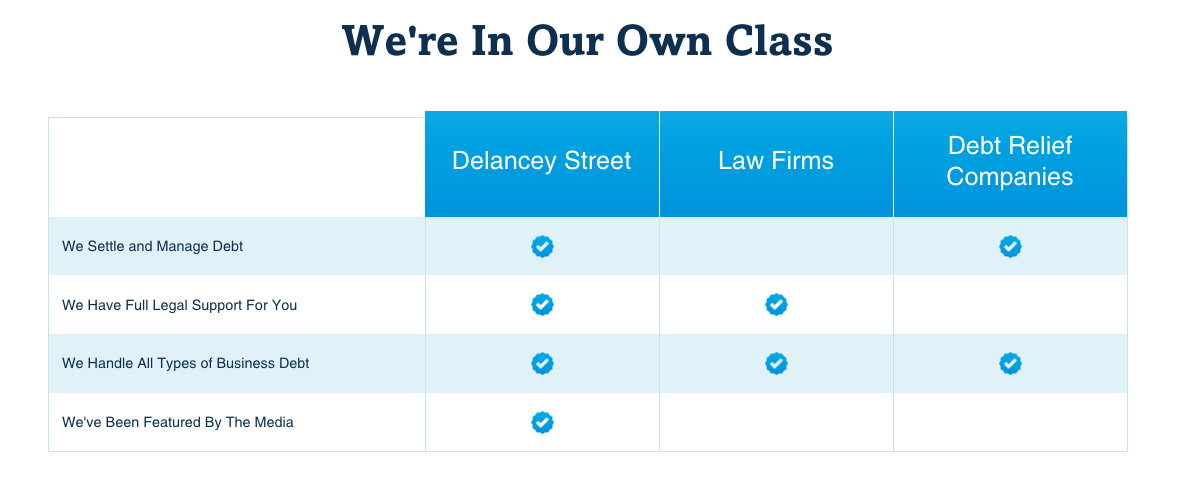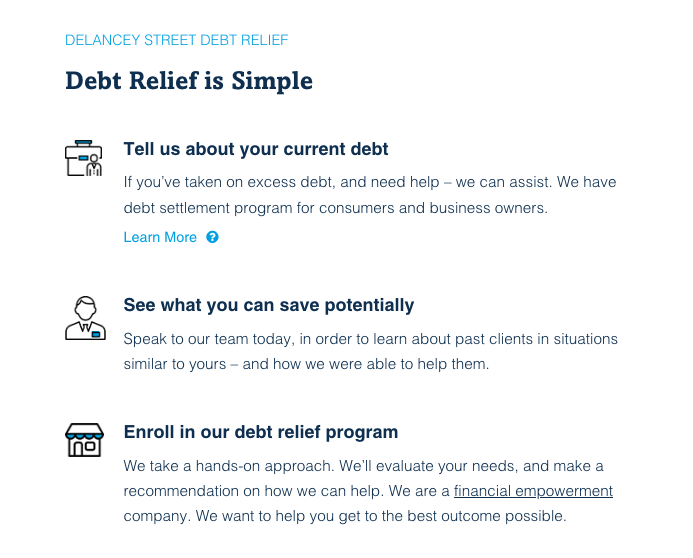INTRO:
Navigating the complexities of personal finance can be challenging, especially when wage garnishment enters the equation. From understanding the nuances of legal frameworks to recognizing the triggers and knowing your rights, wage garnishment involves multiple layers that can be daunting for anyone unfamiliar with the process. This comprehensive guide aims to unravel these complexities, breaking down essential information into easily digestible segments to empower you with the knowledge you need.
Understanding Wage Garnishment: An Introduction
Wage garnishment is a legal procedure wherein a portion of your earnings is withheld by your employer to pay off your debts. This process typically involves court orders and is often the result of unpaid debts such as child support, consumer debts, or back taxes. For many, it’s an intimidating development, especially if it arrives unexpectedly. You’re not alone in feeling overwhelmed—wage garnishment can disrupt your financial stability and peace of mind.
Imagine opening your paycheck only to find a significant portion missing. This sudden shortfall can force you to rapidly adjust your budget and priorities, juggling bills and necessities under newfound financial constraints. Unfortunately, wage garnishment doesn’t just affect your bank balance; it can also impact your credit score and, ultimately, your financial future. Given these high stakes, understanding how wage garnishment works is crucial.
 -
-Garnishment may seem arbitrary, but it follows a clear legal pathway. Becoming well-versed in the steps involved helps alleviate some of the uncertainty and empowers you to take proactive measures. From recognizing the initial warnings to understanding the garnishment’s scope and limitations, having a thorough grasp of the process is your first line of defense.
In this guide, you will be introduced to the mechanisms behind wage garnishment, the legal framework governing it, the specific scenarios that may lead to it, and your rights as an employee. Additionally, you’ll gain practical insights into the steps you should take if faced with this challenging situation.
Legal Framework Governing Wage Garnishment
Understanding the legal framework surrounding wage garnishment is not only beneficial but essential. Wage garnishment laws in the United States are governed by both federal and state statutes. Federally, the Consumer Credit Protection Act (CCPA) provides significant safeguards for employees, ensuring that no more than a certain percentage of your disposable earnings can be garnished. The CCPA caps this at 25% of disposable earnings or the amount by which your weekly wages exceed 30 times the federal minimum wage—whichever is less.
Different states add their own layers of protections and restrictions, sometimes offering more lenient terms than federal law. For instance, some states have lower caps on garnishment percentages or extend protection to different types of debt. Understanding these distinctions is essential for anyone facing potential garnishment. State laws can vary significantly, so it is advisable to verify your specific state’s regulations.
 -
-Table: Federal vs. State Garnishment Limits
| Criteria | Federal Law | State Law (Example: California) |
|---|---|---|
| Maximum Garnishment | 25% of disposable earnings | Lesser of 25% or 50% above minimum wage |
| Exempt Disposable Earnings | 30x Federal Min. Wage | 40x State Min. Wage |
| Additional Protections | None | Child support, alimony, tax debt |
Legal precedents and court rulings also shape the landscape of wage garnishment. For example, the Supreme Court has ruled that pensions and Social Security benefits are typically exempt from garnishment. Similarly, procedural nuances, like how garnishment papers must be served, impact how quickly garnishment can commence and may offer opportunities for legal recourse.
To navigate these complex legalities, consulting with a legal expert can provide tailored advice suited to your situation. By being proactive and informed, you can better anticipate and manage the impact of wage garnishment.
Circumstances Leading to Wage Garnishment
Several circumstances can lead to wage garnishment, each with unique legal triggers and procedural steps. The most common scenario involves unpaid debts, such as credit card bills or medical expenses. If you default on these debts, the creditor can sue you in court. If they win the case, they can obtain a court order to garnish your wages to satisfy the debt.
Child support and alimony arrears also frequently lead to wage garnishment. In these cases, court orders may mandate automatic wage withholding to ensure that you meet your familial obligations. This is often initiated by the family court that oversees your case, and the percentage of garnished wages can be higher than for other types of debt.
 -
-Another primary driver of wage garnishment is unpaid taxes. The Internal Revenue Service (IRS) or state tax authorities can impose garnishments more swiftly and with fewer procedural barriers than private creditors. Unlike other garnishments, tax authorities can oftentimes bypass court processes, issuing levies that take a substantial portion of your income directly.
Legal judgments from various court proceedings, ranging from personal injury settlements to fines for violations, can also result in wage garnishment. It’s important to note that garnishments can persist until the debt is fully paid off or alternative payment arrangements are made and approved by the creditor or court.
Types of Debts Eligible for Wage Garnishment
Different types of debts qualify for wage garnishment, each governed by specific legal frameworks and limitations. Consumer debts, such as credit card balances, personal loans, and medical bills, are among the most prevalent types. When creditors win a lawsuit against you for unpaid consumer debts, they can obtain a court order to initiate garnishment.
 -
-Child support and alimony are another category where garnishment is not only common but sometimes automatic. For these debts, the law may allow up to 50-60% of your disposable earnings to be garnished, especially if you are behind on payments by more than 12 weeks. These amounts are higher to ensure that dependent children and ex-spouses receive the necessary funds.
Tax debts present a unique category of garnishment. When you owe back taxes to the IRS or state authorities, these agencies have broader powers to garnish your wages without needing a court order. The percentage they can garnish may vary, but it often results in significant wage reductions until your tax liability is resolved. The IRS, in particular, can levy wages, bank accounts, and other assets to collect unpaid taxes.
Federal student loans are another frequently garnished debt type. When you default on federal student loans, the Department of Education can garnish your wages to recoup the balance. Similar to tax debts, this garnishment can occur with fewer procedural barriers, usually limited to 15% of disposable earnings.
Table: Types of Debts Eligible for Wage Garnishment
| Debt Type | Maximum Garnishment | Additional Details |
|---|---|---|
| Consumer Debts | 25% of disposable earnings | Credit cards, personal loans, medical bills |
| Child Support/Alimony | 50%-60% of disposable earnings | Automatically garnished if 12 weeks overdue |
| Tax Debts | Variable, often substantial | IRS/state tax authorities can levy without court order |
| Federal Student Loans | 15% of disposable earnings | Department of Education garnishments |
Understanding these categories helps you anticipate the potential impacts of wage garnishment and prepares you for the specific legal obligations of each type.
Employee Rights and Employer Responsibilities
When facing wage garnishment, it’s crucial to know your rights as an employee and the responsibilities that fall upon your employer. Under the Consumer Credit Protection Act (CCPA), you are protected from being terminated solely because your wages are being garnished for one debt. However, if multiple garnishments are involved, these protections may not apply.
You have the right to be notified before the garnishment starts. This notification typically includes details about the debt, the amount to be garnished, and instructions for disputing the garnishment if you believe it’s being applied in error. Understanding these notices and responding promptly is critical to safeguarding your interests.
Employers also have specific responsibilities. They are required to calculate the garnishment amount accurately and remit it to the appropriate party, whether it be the court, creditor, or government agency. Employers must also respect the limits set forth by laws governing the maximum percentage of wages that can be garnished. Failure to comply can expose employers to legal liabilities.
Additionally, employers must maintain confidentiality. They should handle garnishment orders discreetly and ensure that only personnel involved in payroll management are aware of the garnishment details. Any breach of confidentiality could lead to a hostile work environment and potential legal consequences.
Knowing your rights and understanding your employer’s obligations can mitigate the stress of wage garnishment.
Steps to Take When Facing Wage Garnishment
Facing wage garnishment can be a daunting experience, but taking proactive steps can help you manage and potentially mitigate the impact. Here’s a practical guide on the actions you should consider:
-
Verify the Garnishment Order: Once you receive a notification, review it carefully to ensure it’s accurate. Verify that the debt is legitimate and that the amount stated is correct. Mistakes can happen, and discrepancies should be addressed immediately to the appropriate creditor or court.
-
Consult Legal Advice: Seek guidance from a legal professional who specializes in debt or employment law. A lawyer can provide clarity on your rights and may offer options for contesting the garnishment if there are errors or if the deduction imposes extreme financial hardship.
-
Negotiate with Creditors: Sometimes, it’s possible to negotiate directly with the creditor to set up an alternative repayment plan. Communicate proactively to see if a compromise can be reached, which might halt or reduce the garnishment.
-
Budget Adjustments: Reevaluate your monthly budget to account for reduced income. Prioritize essential expenses and consider options like downsizing or curbing non-essential expenditures. Financial counseling services may provide valuable assistance in this regard.
Table: Practical Steps If Facing Wage Garnishment
| Step | Description | Action |
|---|---|---|
| Verify Garnishment Order | Ensure accuracy of the debt and amount | Review paperwork, contact creditor or court |
| Consult Legal Advice | Seek professional insights on rights and options | Hire an attorney for consultation |
| Negotiate with Creditors | Attempt to agree on an alternate repayment plan | Directly communicate with creditors |
| Budget Adjustments | Adapt to new financial reality to manage reduced income | Reassess budget, cut non-essential spending |
Being well-prepared with an actionable plan can greatly reduce the anxiety associated with wage garnishment. The faster you address the issues, the sooner you can stabilize your financial situation.
OUTRO:
Wage garnishment is undoubtedly a heavy burden, but understanding and addressing it promptly can ease the stress. By knowing the legal frameworks, recognizing the potential triggers, and proactively managing your situation, you can better navigate this challenging financial landscape. Empower yourself with knowledge, seek professional advice when needed, and don’t hesitate to take decisive actions. Remember, while wage garnishment can be intrusive and disruptive, it’s not insurmountable. With the right strategies and support, you can regain control over your financial future.







